Another day, another eco-store. Except it isn’t. Sainsbury’s new Gloucester Quays store is good-looking too. John Ryan visits
Sainsbury’s opened a new store last week, in Gloucester. Such is the pace of branch openings from the big supermarkets that this probably gives rise to little more than a shrug of the shoulders, perhaps accompanied by the thought: “Aren’t there enough of them already?”
Even when you are informed that this is latest stage along the Sainsbury’s green store route, you might just about manage to raise an eyebrow. There have been so many instances of supermarkets all claiming to be built in a more sustainable manner, or to be more energy efficient, that it’s hard to muster a great deal of enthusiasm – no matter what might have been done.
Forget, therefore, that this is a 50,000 sq ft store that generates power for its banks of tills by a series of rollers over which cars drive on their way into the car park, ignore the store lights that flick on and off as the sun appears and then disappears, and be oblivious to the bike shelter outside the store, fashioned from 12,000 recycled metal cans.
Instead, admire the view as you drive over the new, white bridge that spans a canalised section of the River Severn. Even the taxi driver – who has seen the whole shebang from the point when it was a hole in the ground to its present form when it dominates its surroundings – cannot help but point out this new addition to the Gloucester cityscape.
In many ways, the bridge is the best place from which to look at this store. The Bristol office of architectural practice Stride Treglown is responsible for the vista and in spite of its bold, contemporary lines, the intention of providing an updated take on the wharf buildings that line the banks of the city is obvious.
The difference is that the cantilevered canopy and sharply angled gables that form the roof are new. Look along the canal towards Gloucester Cathedral and many of the other towering wharf buildings are derelict, bringing into focus another aspect of this particular Sainsbury’s branch: regeneration.
However, the chances are good you may well overlook that the store is about making a positive impact on a scene of urban decay. What is rather more likely is that the warm tones of the American cedar planks that have been used to clad the store’s exterior will catch the eye and that you might notice how it blends in with its architectural neighbours.
Driving across the bridge towards the Sainsbury’s side of the canal, the road more or less takes you into the supermarket car park. If you are arriving by bike – and depressingly few people do – it’s easy to find your way to the bike haven, thanks to the stripped-down graphics, created for the store by freelance designer Lucy Woodward.
Inside, this appears to be a pretty standard Sainsbury’s – but in fact there are a significant number of deviations from the norm. The retailer unveiled a “store of the future” at Hayes, west London, earlier this year and much of what is on show in Gloucester can trace its lineage to that branch.
It is a measure of how transitory things are in retail that the future, as depicted by Sainsbury’s at Hayes, has been effectively superseded by the much smaller Gloucester store. Unlike Hayes, the clothing offer in this store is not upstairs, although the cafe is, and there is not the sense that an area has been bolted onto an existing structure, which was evident in the other store.
Sainsbury’s director of store development David Sheehan has overseen both projects and his enthusiasm is infectious. “What we wanted to do was to try and do what we did at Dartford [another eco-store that opened last year] and to make natural light our standard,” he says.
Sheehan is at pains to point out the large areas of glazing in the eaves as well as the light tubes set into the roof. The sun does indeed emerge at this point and the long lines of lights suspended above the aisles suddenly go off. There is no noticeable difference in terms of lighting levels and Sheehan says that the energy-saving system, in conjunction with the solar tubes on the roof, will save about £20,000 a year.
It is worth noting the sheer number of light tubes. The first UK retailer to use these prismatic devices, which focus and intensify natural daylight, was Marks & Spencer at its Bournemouth store, which opened in late 2007. In that shop they are used to light some of the staff areas, but in Gloucester, Sainsbury’s has opted to deploy them en masse, to brighten the selling floor.
All of which is interesting for retailers and store designers, but only of passing interest to shoppers busy filling their trolleys. Perhaps more interesting for customers are the interior layout and the new-look graphics, designed by London consultancy Twelve, working with the in-house design team.
Sheehan heads off towards the non-food part of the store. He pauses to call attention to a fresh coffee and hot food point, the first of its kind in Sainsbury’s and positioned just inside the door, before plunging into the general merchandise area. “We’ve been trying to perfect our adjacencies,” he says while observing that a lot of what is in this department is a repetition of Hayes.
That said, the space at the back of the general merchandise area – used for digital cameras, sat-navs, iPods and mobile phones – is new. Sheehan says that it’s about self-selection rather than the counter-based system used in other stores. This means digital media stock is directly beneath the displays. The display units are a trial and the range is mass-market broad, carrying for instance digital cameras ranging in price from £49.99 to £229.99.
The floor’s highlight lies a few metres away. Leaving the digital media area behind and following the rear perimeter wall, the entrée to food is provided by a series of fresh food counters topped by a wood-faced canopy with black stencilled letters on it to indicate the contents of each of the glass counters. This has the effect of making the back of the store highly visible from across the floor and bringing the natural effect, seen on the store’s exterior, indoors.
The counters themselves are low and square, meaning more space for the produce they contain and in the case of the fish display there are staff in front of the counter, making for a more personal transaction, according to Sheehan.
The rest of the floor is standard new-look Sainsbury’s stuff, although once more, the simplified and almost folksy graphics make finding what you want simple. Mention should also be made of the pharmacy, which uses a new modular that is therefore capable of being taken to other stores easily. It is also a good demonstration of how to maximise the use of a small space to fit the maximum number of products into it, without compromising service levels.
Upstairs is the cafe, a distinct improvement on Hayes, simply because the cantilevered canopy covers a wood-decked terrace where you can sit outside and enjoy the views along the canal.
This is an eco-store, but one that does not wear its green credentials on its sleeve and that is still a good-looking supermarket. When asked whether all the eco-elements that are used in this branch will become the norm, chief executive Justin King says: “What we’ve tried to do a couple of times a year is to step on with green. I’m sure that some of the things we’ve done at Gloucester won’t be rolled out, but if we can take seven out of 10, then that will be a move forward.” It will.
Sainsbury’s Gloucester Quays
- Store size 50,000 sq ft
- Architecture Stride Treglown
- Design In-house team, Twelve, Pope Wainwright and Lucy Woodward
- Features Kinetic energy plates at entrance to car park (a “world first”); gabled roof; cantilevered canopy; new-look fresh counters





















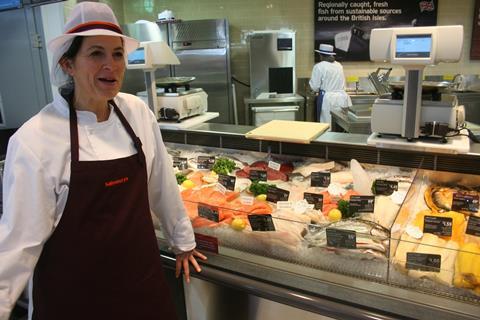

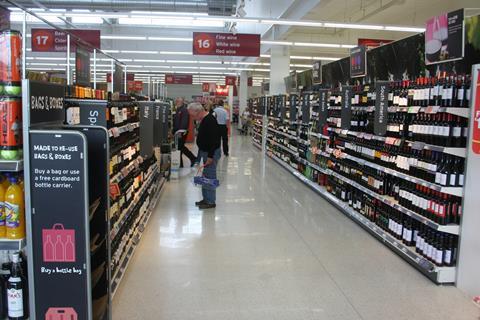


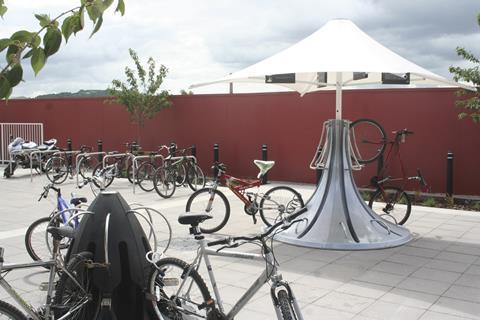
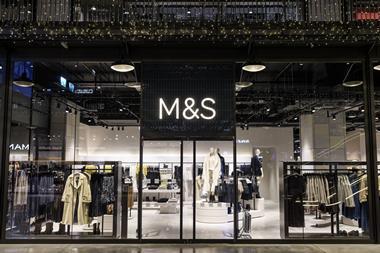



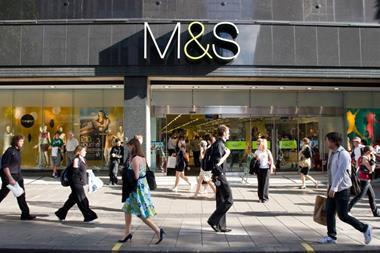

No comments yet